
Podcast: Reverend Dr. Jacqui Lewis, Fierce Love
Reverend Dr. Jacqui Lewis talks Ubuntu, devolution, racism and oppression in religious systems, ...
Renae Jacob
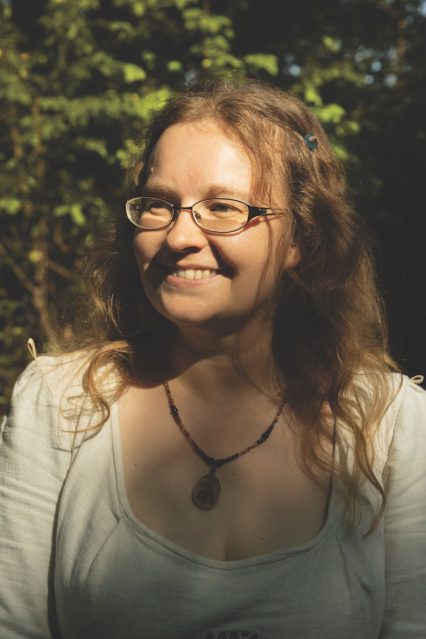
DANA O’DRISCOLL, author/illustrator of Tarot of Trees and The Plant Spirit Oracle and author of Sacred Actions: Living the Wheel of the Year Through Sustainable Practices:
Tarot is a specific system of divination that includes 78 cards that fall into five categories: four minor arcana (often cups, wands, swords, and pentacles) and the major arcana.
Oracle decks are very different in that every oracle deck has its own system of meanings and no set number of cards. Each oracle deck can have any number of interpretations, themes, artwork, and more.
Tarot and oracle decks both use the principle of archetypes to help explore meanings. In an oracle deck, many different archetypes and other concepts/meanings/themes may be explored—what and how vary considerably by deck. For example, one deck may interpret the role of the trickster through an animal (say, a raccoon), another through a plant (such as the staghorn sumac), and a third deck may choose a person to represent the trickster.

YASMIN BOLAND, author of Moonology: Working With the Magic of the Lunar Cycles and two oracle decks: Moonology and Moonology Manifestation:
On the surface, the main difference between the two decks is that tarot follows a set format, whereas oracle cards do not. Less superficially, I feel that most oracle cards are less potentially upsetting than tarot cards. I’ve used tarot cards for years and they are super accurate, but cards like the 3 Swords or The Tower tend to be very worrying to people.
By comparison, most oracle card decks don’t contain cards that are quite so threatening. For example, oracle cards may tell you to reassess because you are on a slippery slope, but they’re not likely to tell you that your whole world is about to come crashing down.
I like this because I believe that we are creating our own reality and that oracle cards are manifestations of whatever is going on in our consciousness at the time of a reading. In theory, you should be able to use your card reading to resteer yourself if you are on course for disaster.
Oracle cards have really helped me. One of the times they were absolutely indispensable was when I was wrestling with a really big issue about three years ago. Every morning I would do some yogic stretching, I’d meditate or chant, and then I’d take a card for that issue I was wrestling with. They literally guided me through this difficult period. I look back now in my journal and see that they really were amazing signposts for me. This is why I believe you should respect the process.
O’DRISCOLL: Go to your local metaphysical shop and look at the different oracle decks. Hold each of them in your hands, look at the artwork and the box, and see which of them resonates with you. Each oracle deck has its own energy. An oracle deck that you connect with will be more enjoyable to use and more informative.
From there, start asking questions of the deck. I recommend a daily card draw in the morning. Ask the deck, “Please provide insight on my day,” then shuffle and draw a single card. Take note of the meaning, then go about your day, considering the message of the card. Return to the card in the evening, reflecting on your day’s experience. Do this as often as you can.
What this approach offers is regular practice: You learn how to read the deck, you make divination a part of your life, and you build a deep awareness of how the cards offer advice and suggestions. This also helps strengthen your intuition, which is important for practicing divination of any kind.
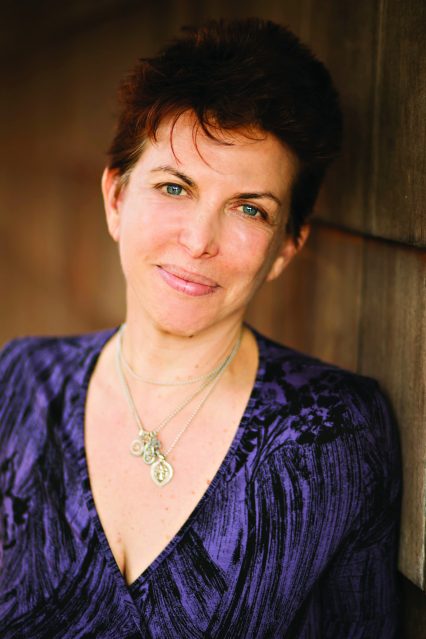
TOSHA SILVER, author of Divine Beloved Oracle Cards:
If someone is new to using my oracle decks, I usually suggest they start with a simple one-card reading. They can hold a question or concern in their mind as they shuffle the cards. Then they pray or ask the Higher Intelligence to guide them to the one that is most needed at that time.
Sometimes I’ll even say, “Show me what I need to know about this situation,” or “Show me what I’ve been unable to see.” Notice that when a card gets pulled, it may elicit a shock of recognition or the feeling that it makes perfect sense. If a card falls out of the deck while I’m shuffling, I always pay special attention to that one as well. It’s like the universe has provided a bonus card.
Most of all, trust yourself and just be open, even playful. There’s no right or wrong way to do this, and the process of playing with the cards can deepen over time.
I’ve even had funny things occur, like when my cat occasionally hides a card that I find later, or I discover a card between the seats of a couch. If this happens, remember that such cards have emerged at the perfect moment with a message.
JILL PYLE, coauthor of Sacred Cycles Oracle:
As you practice, you’ll start to see how different colors and symbols ignite memories or feelings that add another layer to your readings. When looking at the card artwork, you can ask yourself questions like: How does this image make me feel? What does it remind me of? Where have I seen this or similar symbols before?
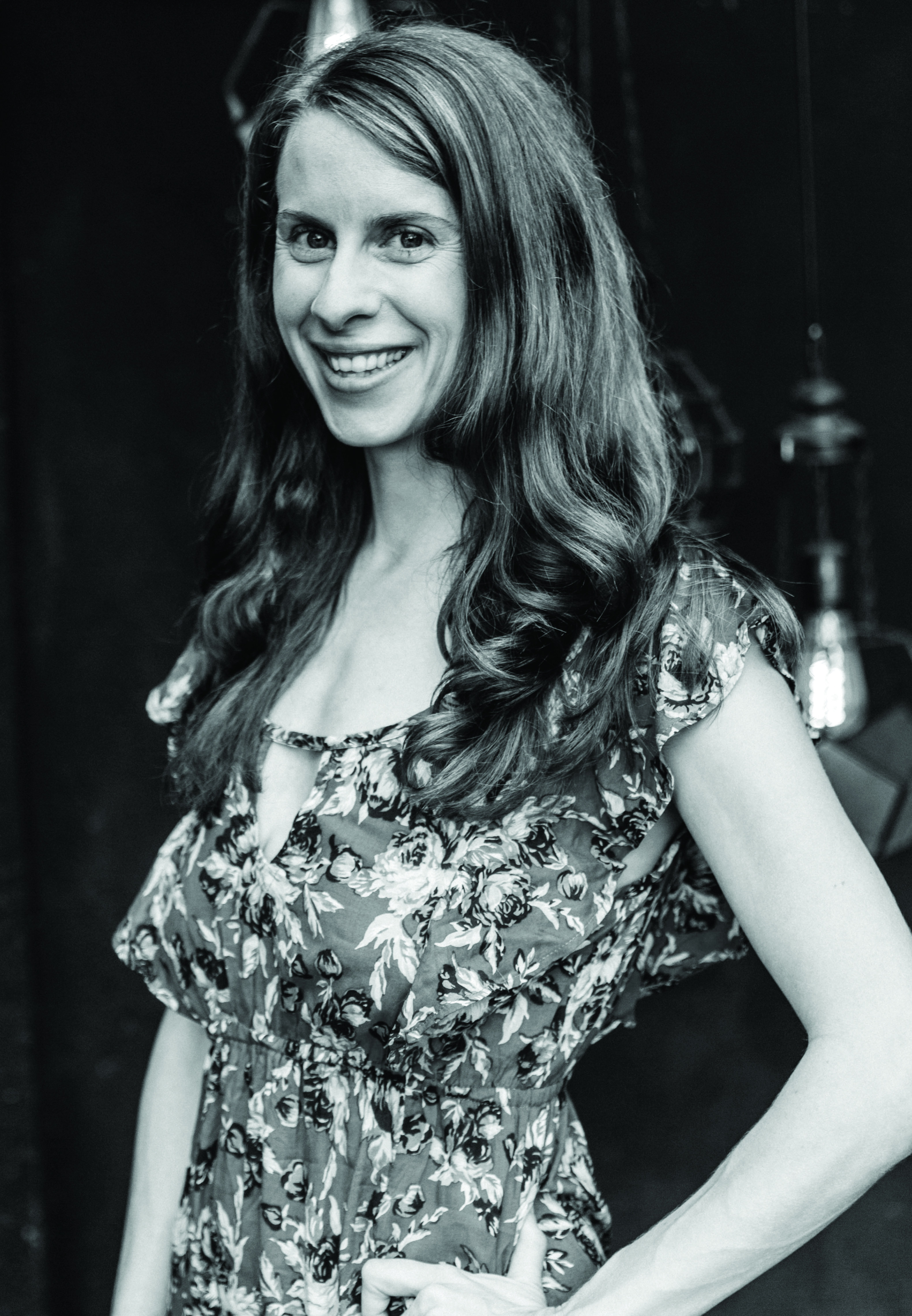
BOLAND: I believe the biggest mistake people make is not writing down the cards they get. If you just take a card and then race off to the rest of your day, you will not get all the wisdom it contains. If you take a moment to journal about the card you’ve drawn, you will better understand the message coming through to you and will also be able to see how it plays out.
The second biggest mistake people make is taking more than one card on the same question in quick succession because they don’t like the first card they got. It’s a huge mistake to do this, as tempting as it may be! If you keep taking cards, you will just end up getting forecasts that go further and further into the future, and you will end up very confused.
PYLE: Overthinking or doubting is really the only thing that can get in the way of the divine guidance that’s looking to come through. As long as you are working with divine love to serve a higher purpose for yourself or others, I don’t think there’s a wrong way to work with oracle cards. You don’t even need to make a fancy card spread or shuffle. You can simply lay the cards out face down and pick the first one you look at, or shuffle until one falls out. Another easy option is to pick a number, say 11, and then count out the cards off the top of the deck to make the 11th card your reading.
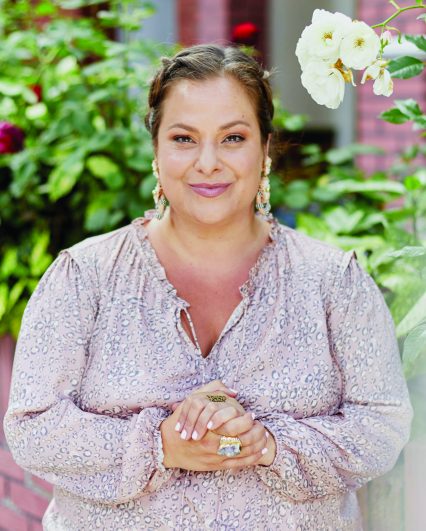
SHANNON KAISER, author of 6 books and creator of Unshakeable Inner Peace oracle cards:
1. Doing multiple readings on a topic in one sitting, or what I call frantic pulling. If you are connected to the outcome or anxious about the reading, such as if you pull a card immediately after an emotional experience, you may not be in a clear state of mind. Focus on centering yourself first and surrendering to the process.
2. Not trusting the process or yourself and forgetting that there are no mistakes. Everything is part of the reading: your feelings, your thoughts, and your interpretations, as well as any confusion or frustration. When you get an outcome card you don’t like, for example, sit with that discomfort. Ask yourself why. And see what comes up for you. All cards pulled will match the vibration of what you need.
3. Being connected to the outcome or looking for a specific answer. Sometimes we are trying to find the meaning that suits our agenda best. Instead, relax and go with the flow of the reading. Lean into any insight you have, even if it doesn’t make sense. Take time away from the reading to really let the guidance sink in as well.
4. Thinking you have to be psychic or an intuitive to do a good reading. Often people will get cards they don’t understand or an outcome card they don’t really like. In frustration, they think they made a mistake or need to be more intuitive to get a good reading. The opposite is true, as working with the cards helps you build your intuitive muscles and learn to trust yourself and the universe.
“Each image is a collage of inspiration, ideas, and guidance to help direct you to your own inner knowing. Instead of seeing it as guidance outside of yourself, see the deck as a tool to help support your own alignment with yourself. By working with oracle cards, you will deepen your relationship with your true self and the creator (source of all things). Infinite wisdom and support are all around you at all times, and this energy is available to you right now.”
—SHANNON KAISER
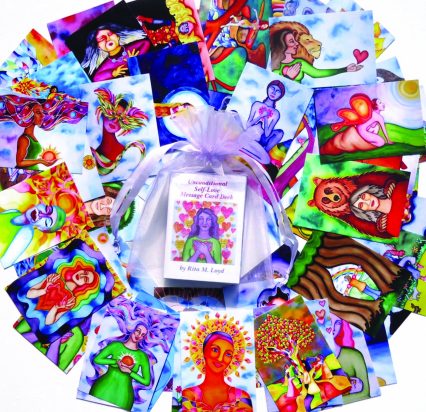
A deck is a versatile tool—some decks are neither tarot nor oracle. RITA LOYD is the creator of the Unconditional Self-Love Message Card Deck. “Just pick a card when you need a reminder to love yourself,” she explains. “My work is about teaching unconditional self-love.”
JESSI JUMANJI is the creator of two tarot decks and an oracle deck. She describes herself as a time traveler and cultural curator. Her art is focused on giving people a new way to understand Black culture, past and present. “I grew up in an environment that was rich in history, both told and untold,” she says. She was raised in Memphis, the city where Martin Luther King, Jr. was assassinated, and has family ties to Greenwood, Mississippi, where Emmitt Till was killed.
“You can only depend on society and the world to tell you so much in black and white and in books,” she says. “There’s a deep need for spiritual information as well.”
How did you get involved in tarot and oracle decks?
My introduction was through my studies of African culture and spirituality. There are many different forms of divination—not just using cards for divination. They divine with shells, tea leaves, so many different elements of nature as well as symbology and pictures.
The connecting point for me was, I was studying ancient Egyptian mythology and religion at one point and I was reading the Egyptian Book of the Dead, which led me to another text called the Tablets of Aeth, which is one of the earliest Egyptian iterations of symbology with pictures, similar to tarot.
The Tablets of Aeth, to me, is one of the earliest examples of the ancient equivalent of tarot cards. I wanted people to see the connection and the influence of African culture in many different facets of history, and tarot was just one of those many intersections and connecting points.
In the most popular tarot deck, the Rider-Waite, and other decks, the cards already include Egyptian archetypes. There are pyramids, the sphinx, different species of animals. There is salamander-patterned clothing in the Wands suit that is based on the North African fire salamander. There are lots of bits and pieces in the tarot that originate from Africa.
Do you use tarot and oracle decks yourself? What’s your process?
I use both. I read them mainly based on intuition. I think that’s the main ingredient in interpreting the cards. My first deck, Afro Tarot, doesn’t include a full guidebook. It has a few words to summarize each card. I want people to lean into their intuition when they use the deck.
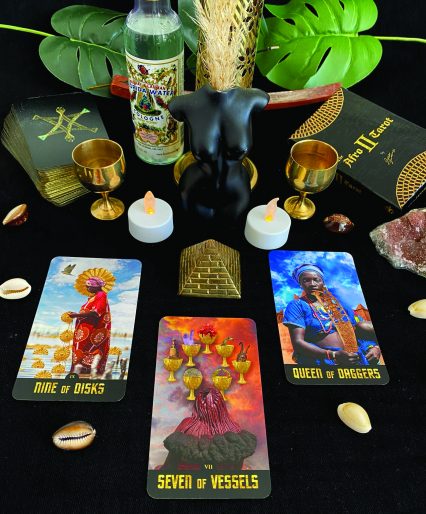
In my personal life, I use tarot, but not necessarily as a means of prediction. I don’t see it as a fortune-telling tool. For me, I use the symbolic language to supplement my intuition and guide me in a specific direction. It’s not to confirm or deny a certain fact, it’s more to affirm the thoughts and feelings that I’m already having and add to that.
What’s your advice for people starting a deck-based practice?
I believe tarot and oracle should be used as a means not to predict thoughts but to produce thoughts. It gives visual language to support verbal or thought language. It’s very important that people explore tarot based on their own intuition and get to know their tarot and oracle decks personally … it should be a very personal and spiritual experience. And be receptive to what the cards are telling you. A lot of times our own ego can get in the way of interpretation.
O’DRISCOLL: Effective oracle readers will use a combination of their own intuition and the guide that accompanies the oracle deck. An oracle creator will offer archetypes and general themes to use the deck, and those are very helpful to you. However, it is up to you as a reader to interpret those themes in your own life and generate specific meanings for the cards that are tied to how you see the world. Additionally, you may have a unique relationship with some of the card themes, and you’ll want to account for that in your reading. Both reading the guide and cultivating your own intuition are necessary to be an effective reader.
BOLAND: When it comes to oracle cards, I would definitely suggest you read the guidebook. Otherwise, you could just tell yourself whatever you want to hear. Most of the people who are writing widely known oracle cards have put a lot of time and effort into the interpretations. You could even say that some authors have channeled the messages that come with the cards. If you want to do it intuitively, one thing you could do is create your own deck, even if you just use cardboard. This is just my opinion though, and a lot of other creators of oracle cards might disagree.
Certainly if I read my own cards (with someone else’s deck), I always take into account what the author has written in the booklet as the interpretation, even if I feel like I could or would like to put my own spin on the answer.
KAISER: You don’t have to be psychic or super in touch with your intuition to get a good reading, as the energy of the universe works to support your reading. When using a deck, you cannot make a mistake because the law of attraction is always at play. You will always pull the card whose answer matches the vibration of the question, so you have nothing to worry about. You can’t get it wrong.
O’DRISCOLL: Many people spend a good deal of time asking where the messages from oracles come from, and the truth is, you can perform effective divination without having settled the answers to this question. However, answering this question underlies how you might approach a divination system or any rituals, prayers, or thanks you offer.
For example, if you are regularly asking your patron goddess for advice through your oracle, an offering to your patron would complement your practice. If you believe you are tapping into your subconscious, you might also work with meditation, dreams, and creative practices to help better build that subconscious connection. In the end, you can draw cards and receive messages without knowing where they come from, but having that understanding can add a layer to your practice.
BOLAND: I strongly believe that you should take a regimented and uniform approach to using oracle cards. I believe they are connecting you with your Higher Self, the Divine, and that you are manifesting the cards you get. I suppose it goes without saying that I take oracle cards very seriously, believe that we should use them in a serious manner, and take their answers seriously as well.
KAISER: There is no need to change your approach based on your religious, spiritual, or philosophical beliefs because all oracle card readings align to your intention and the energy. You will always pull the card whose answer matches the vibration of the question, so you have nothing to worry about. You can’t get it wrong. As you move through the process, it will become natural and energetically aligned.

Get this article and many more delivered straight to your inbox weekly.